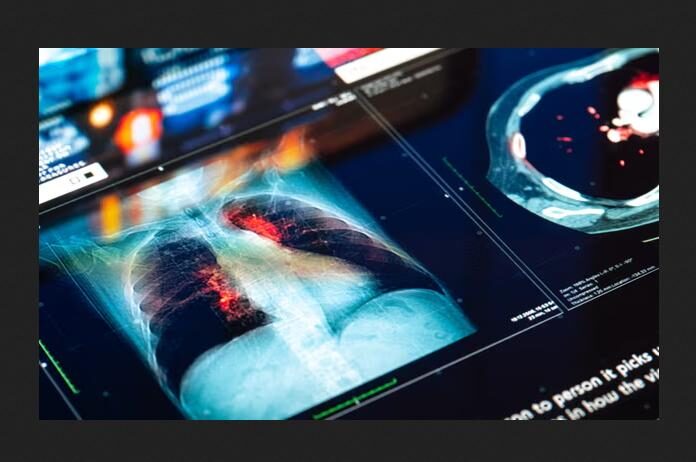
Global cases of early onset cancer increased from 1.82 million in 1990 to 3.26 million in 2019, while cancer deaths of adults in their 40s, 30s or younger grew by 27%. More than a million under-50s a year are now dying of cancer, the research reveals.
Experts are still in the early stages of understanding the reasons behind the rise in cases. The authors of the study, published in BMJ Oncology, say poor diets, alcohol and tobacco use, physical inactivity and obesity are likely to be among the factors.
Comment: Less people smoke than ever before, and alcohol use may have increased, but only slightly, so it seems unlikely that the soaring cancer rates can be attributed to those. However, the kinds of food people eat, in addition to the food itself has change radically - GMOs, as just one example - and, indeed, a great many more people live sedentary lives; although it's unlikely these issues are solely to blame either, because active people who are 'healthy' eaters suffer from cancer too.
"Since 1990, the incidence and deaths of early onset cancers have substantially increased globally," the report says. "Encouraging a healthy lifestyle, including a healthy diet, the restriction of tobacco and alcohol consumption and appropriate outdoor activity, could reduce the burden of early onset cancer."

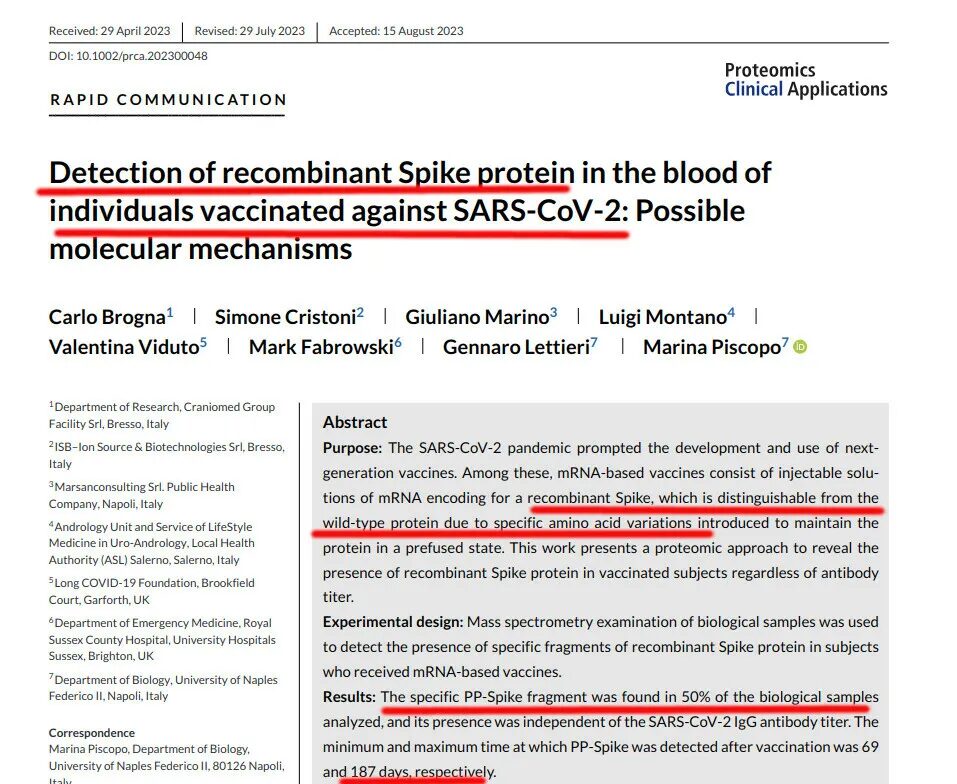




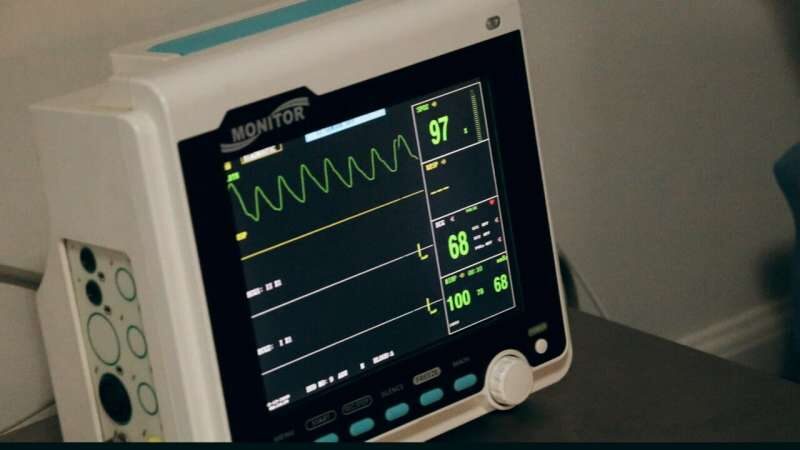
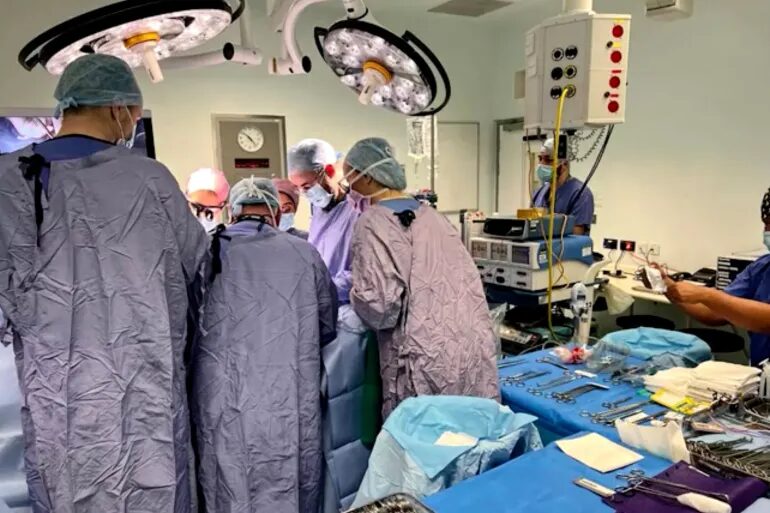
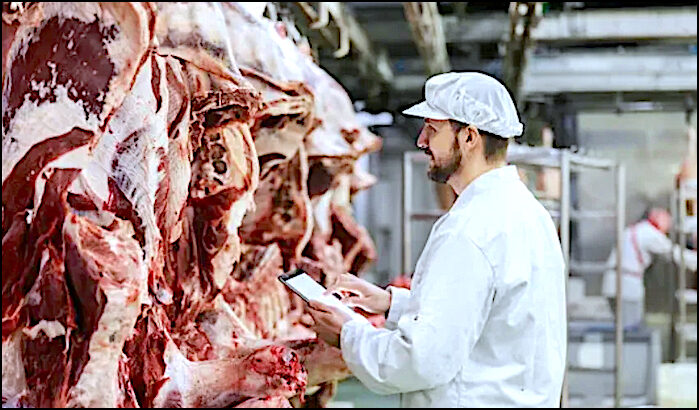
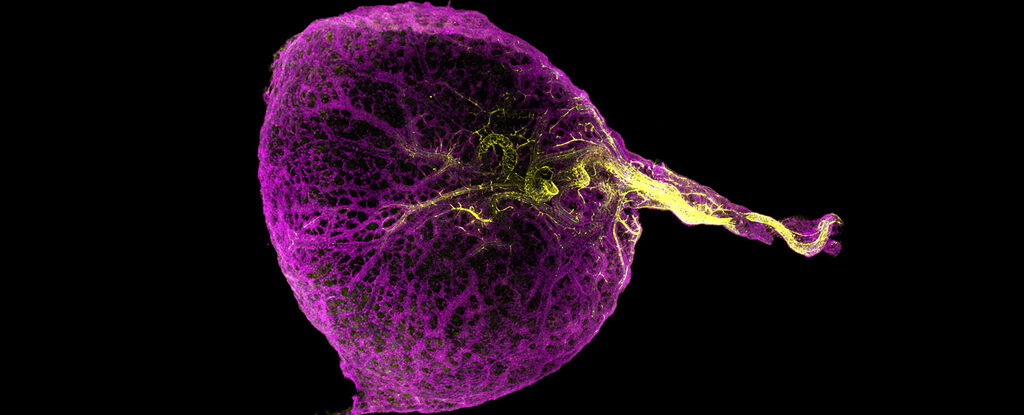



Comment: Notably there's no mention of the significant increase in vaccines children in the developed world suffer; nor is there any thought given to society, family, people's mental health, and living standards. all of which are likely to have a significant impact on one's health, and have, overall, deteriorated rapidly in the last few decades.